Type City, bar name or keyword...
Meet The Maker: Ben Schroder, Pensador Mezcal
Mezcal might be thought of as a bartender's spirit, but this guy fell in love with the stuff while travelling through Mexico and now he's bringing it to your home bars. Time to meet the man behind the bad-ass Oaxacan mezcal, Pensador.
Let’s start at the beginning: who are ya and what are you the maker of?
I’m Ben and I’m the founder of Pensador.
There are two mezcals in the Pensador family - tell us about them, and the difference between them.
So there’s the Espadín and the Ensamble, and they’re different because of the different varietals of agave used to make them. You can think of these varietals in a similar way to grapes in wine - the flavour profile of the juice being a combination of the varietal used, the local terroir, and the production methods of the maker.
Espadín is the most prolific agave in mezcal production, having the highest sugar content and so optimum efficiency. More sugar equals more booze for less work. It also grows quicker than other varietals and so is more sustainable, an important factor given the rapid rise of mezcal. For this reason the flavours of Espadín have become classic mezcal profile, with all the versatility and familiarity that entails. Our Espadín fits the bill perfectly; a comforting everyday sipper paired with cold beer and salty snacks, or an exciting base for twists on margaritas, negronis or palomas.
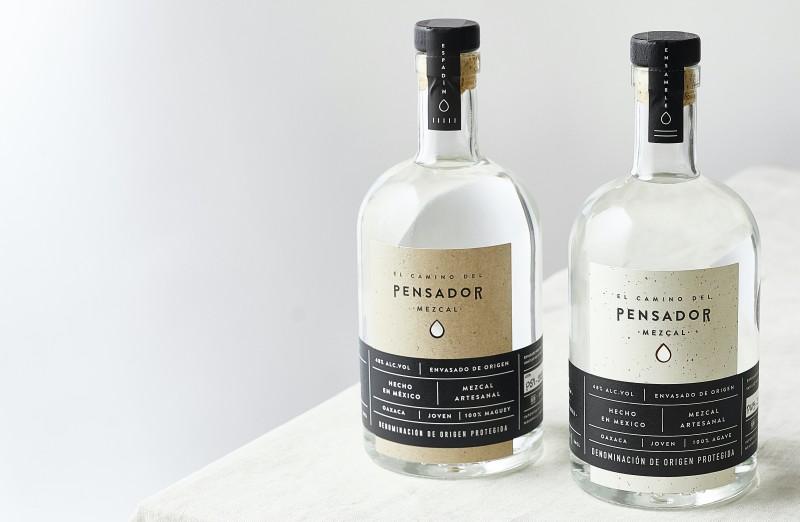
Our Ensamble is made from a combination of Espadín and Madrecuishe. “Madrecuishe” refers to different varietals depending where you are in Oaxaca, and the specific type we use is only found locally. It takes longer to grow and has a lower sugar content than Espadin. It also tastes like nothing else; think roast apricot dipped in melted chocolate. Rounded off with the Espadín, it’s quite a piece; something to sip on and ruminate.
Both stand out from the crowd because of their shared terroir, that being the region of Miahuatlán in Southern Oaxaca. Miahuatlán is a historically significant but underrepresented mezcal producing region. With unique soil, a local micro climate, and unrivalled diversity of agave, it has some of the most clearly identifiable terroir in Oaxaca. Both our bottles are full of the terroir of Miahuatlán – that is the flavour of Pensador.
Tell us about your background with mezcal. When did you decide you wanted to start a mezcal brand?
I spent some time in Mexico in 2015. That was when I first tasted mezcal. I was really, really in to it. I was a big whisky and rum drinker before but mezcal just blew me away. Once I learnt about the production side and its unique position in the spirits world I was hooked. I didn’t decide to start a brand there and then, but I learnt as much as a could and when it was time to leave I filled my bag with bottles.
Back in London, I had some great nights working through the collection with friends, mezcal was new to all of them so it was exciting to share that experience. I started to see the wide appeal of the category, as well as the huge steps required for it to be properly understood and appreciated in the international market. The idea of being a part of this important process while sharing, and drinking, these delicious mezcals was a potent combo. I started to play around with ideas, and pretty soon I was on a flight back out to Oaxaca.

Why mezcal and not tequila?
I actually had my mezcal moment before I’d gone deep on tequila. In 2015 I’d only really tried mixtos and diffuser made stuff and had never been that impressed. Having learnt more about it I’m now a proponent of the full spectrum of agave spirits. But Oaxacan Mezcal will always have my heart. I love big flavours that transport you. And a well-made Oaxacan Mezcal is exactly that.
Tell us about the Mexican producers of Pensador. Who are they and how did you decide these were the people to partner with to create this brand and product?
We’re currently working with two families in Miahuatlán: the Garcia family and the Ortiz family. Both are grower-producers, meaning they grow their own agave, and both are led by father-son teams.
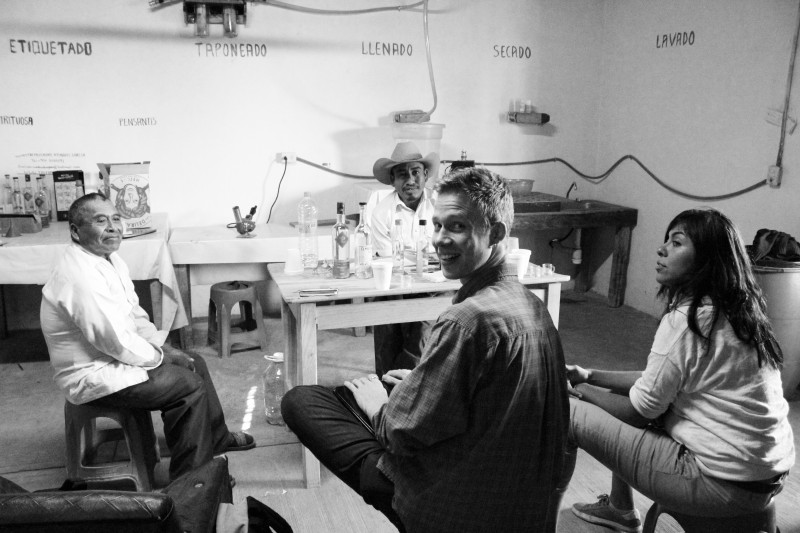
Atenogenes and Jose Garcia were the first family we worked with. I met them mostly by chance. I knew I wanted to work with a producer from Miahuatlán, but beyond that it was a process of elimination. I would drive through the region and if I saw the signs of mezcal production - harvested agave or productions equipment - I’d stop off and introduce myself. Atenogenes and Jose had the best mezcal, it was as simple as that. Fortunately, they were also kind, hospitable and honest. If they weren’t I would have had a dilemma!
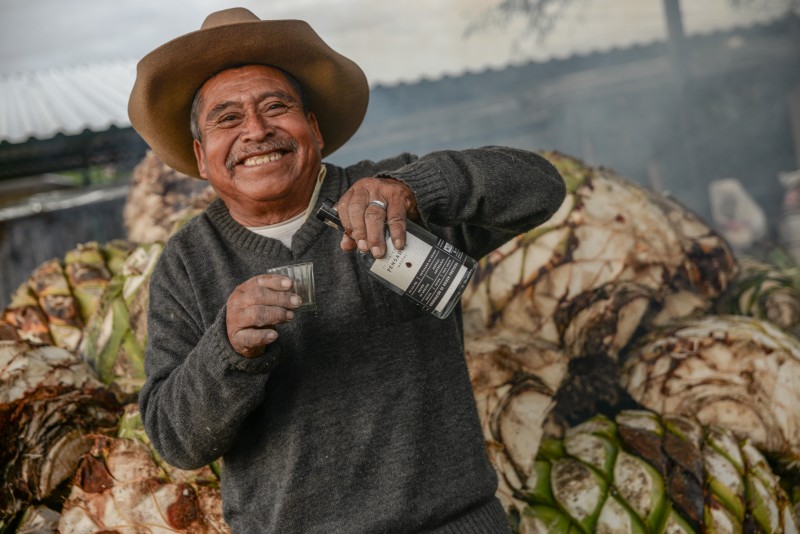
For the first 4 batches, I travelled to Oaxaca to try the batch and help with the bottling. I’d stay with the family and work with them on the bottling for 12 hours a day for 3 weeks at a time, so we got to know each other very well.
When our sales started to stretch the capacity of the Garcias’ distillery, Jose introduced me to some producers in neighbouring towns who might be able to help out. This is how I met Alberto and Onofre Ortiz, who will help supply the Espadín expression, as well as helping with bottling.
What’s the story behind the name?
There’s a short answer and a long answer. The short answer is that there’s a road called La Calle Pensamientos, meaning “thoughts road”, which runs through the heart of the Miahuatlán region. This road is El Camino Del Pensador – "the path of the thinker".
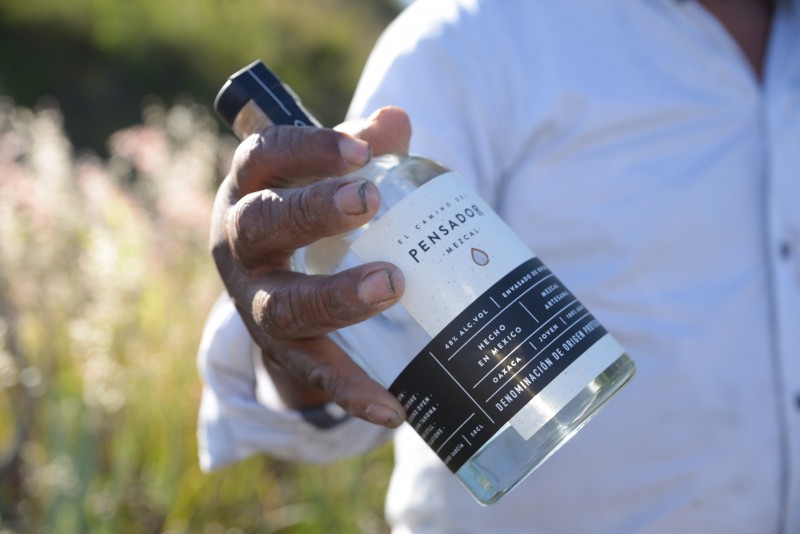
The long answer is that, in reality, I’d thought of the name Pensador long before I’d looked at a map of Miahuatlán. I landed on Pensador because I was trying to think of a way of encouraging consumers to focus on their drink and have that transportive moment. An instruction to take your time, contemplate your spirit, and think about its origins. I also liked the sound and flow of the word itself. Then I met Atenogenes and Jose and we agreed to work together. It wasn’t until later, when I was back in the UK, that I looked up their farm on google maps and saw they were on La Calle Pensamientos” It was a complete coincidence. But it was a big meant-to-be moment.
You don’t age any of your mezcals - why is that, and why do you think aging is common in tequila and not mezcal?
So I’m stronger on mezcal history than tequila history. And when it comes to Oaxacan mezcal the history of oak aging is simple: there isn’t any. Mezcal was usually made for specific events, like village fiestas or weddings, and was consumed fairly quickly. If it was stored, it would have been in clay pots or more recently in glass. So aged mezcal is rare today because there is no historical precedence.
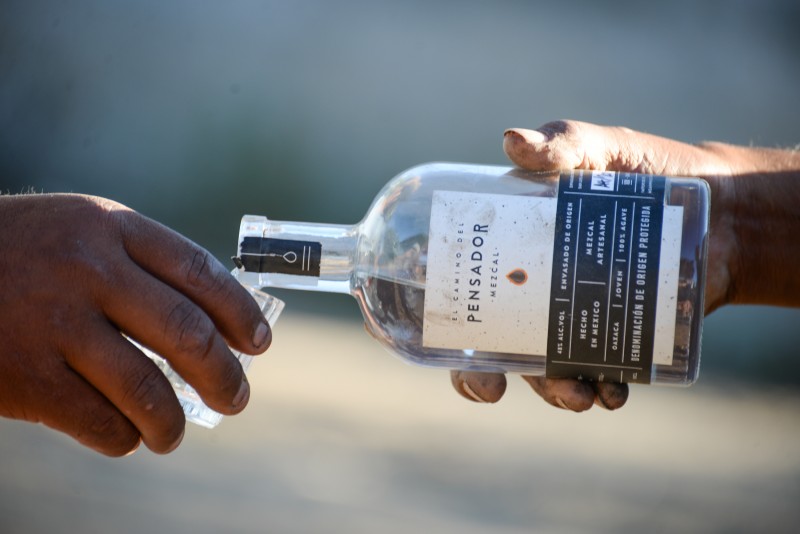
The history of Tequila is more closely tied up with international markets, be that Pedro Sánchez de Tagle, the Spanish nobleman who was the first person to commercially produced tequila (then a type of mezcal) in Jalisco in the 17th century, or the Sauza family who first started exporting tequila to the United States in the 19th century, there has been a clear influence from markets where oak aged spirits have been common for hundreds, if not thousands of years.
Beyond this historical context, there is a feeling amongst the mezcal industry that oak aging mezcals represents a loss. Compared to most modern spirits made from cheap sources of sugars processed in commercial distilleries, mezcal is an incredibly expensive, labour-intensive spirit to produce. And you go to these lengths because the resultant spirit is full of complexities which cannot be created any other way. Oak aging adds familiar flavours of caramel and vanilla, at the cost of some of these unique flavours you worked so hard to create. So why waste your hard work?
Where is your favourite bar to drink mezcal?
First it was El Nivel - the agaveria in Covent Garden run by Jesse Estes and the team behind Café Pacifico. Then it was all about Sin Gusano, the pop-up bar selling micro-batch house mezcals sourced by the legendary Jon Darby, AKA Juan Diablo.
Unfortunately, neither of them are operating currently, but thankfully those boots have been filled by Hacha, run by the heroic Deano. The Dalston spot is a local haunt but I’m excited to get stuck in to the new venue in Brixton.

If you could teleport yourself to any bar in the world right now, where would you go, what would you order, and who do you hope is there to share a drink with?
Is this teleportation devise also a time machine? In that case I’m going to El Floridita, 1930s Havana, for a Daiquiri with Hemingway.
How do you prefer to drink Pensador?
I get the most out of mezcal neat, room temperature, with a beer on the side if it’s hot out. But I’ve been drinking a lot of Margs and Negronis recently with the Espadín.
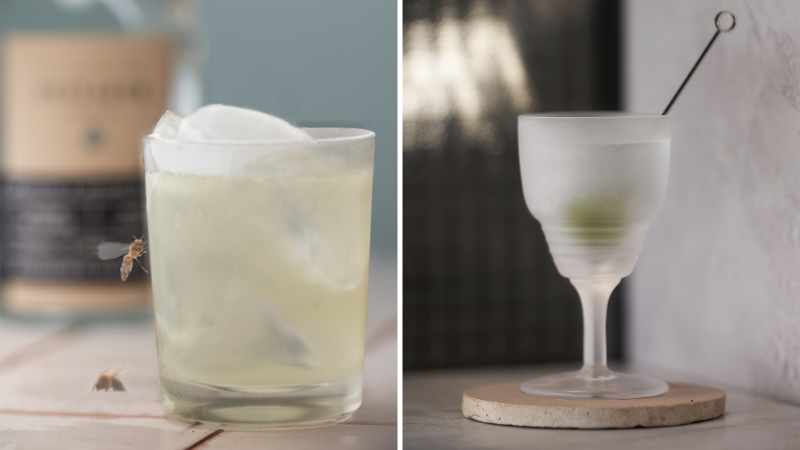
We’re thirsty. What cocktail would you create especially for BarChick using Pensador?
If BarChick frequents as many bars as rumoured, she’s gonna be a martini girl. So one Pensador Martini coming up:
35ml Pensador Espadín
10ml Dolin Extra Dry
5ml Zubrowka Bison Grass Vodka
1 fresh mint leaf
1 chilled nocellara olive
Stirred down. Gulped down.
What has been the biggest challenge creating and launching Pensador?
There have been a lot of reasons why this shouldn’t have worked: finding a producer when I had no local or industry knowledge, and only very basic Spanish. Dealing with the Mexican regulators with no national business, address, or bank account. Branding with no budget. Marketing with no budget. Managing stock with no budget. “Mexico time” - lead times are usually two or three times longer than expected. The pandemic…
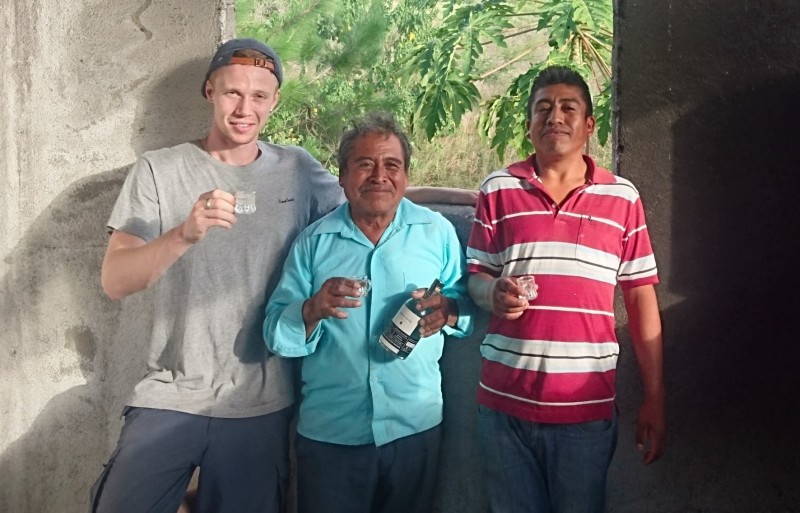
Thankfully I’m naturally stubborn and early on I was very naïve: I thought of every hurdle as the “final hurdle”. I’ve also been very lucky to find a liquid I care about enough to see me through all the challenges.
What’s next for Pensador?
We’ve got another expression on the boil. I can’t tell you too much right now but I can confidently say that its going to blow your mind. Keep it locked!
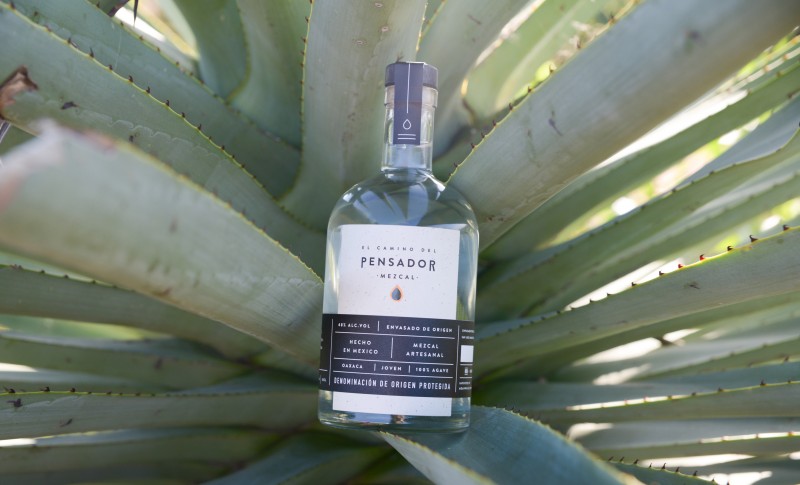
You can grab a bottle of Pensador direct from their website. Alternatively, you could hit up Master of Malt or if you're feeling really impatient, get it on Prime.
Pensador Espadin RRP £32.95 | Pensador Ensamble RRP £39.95